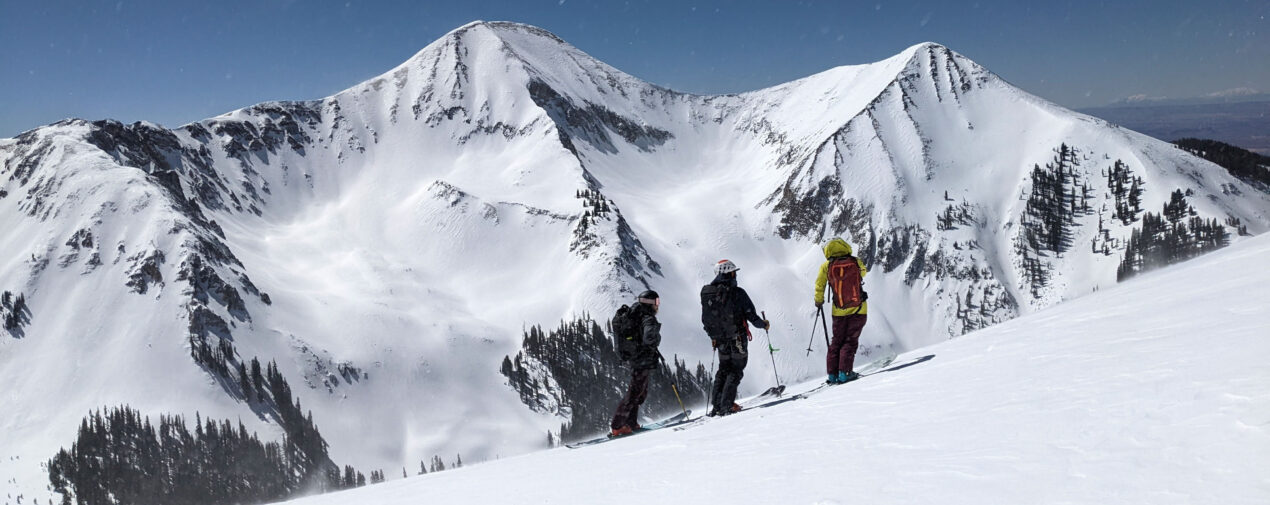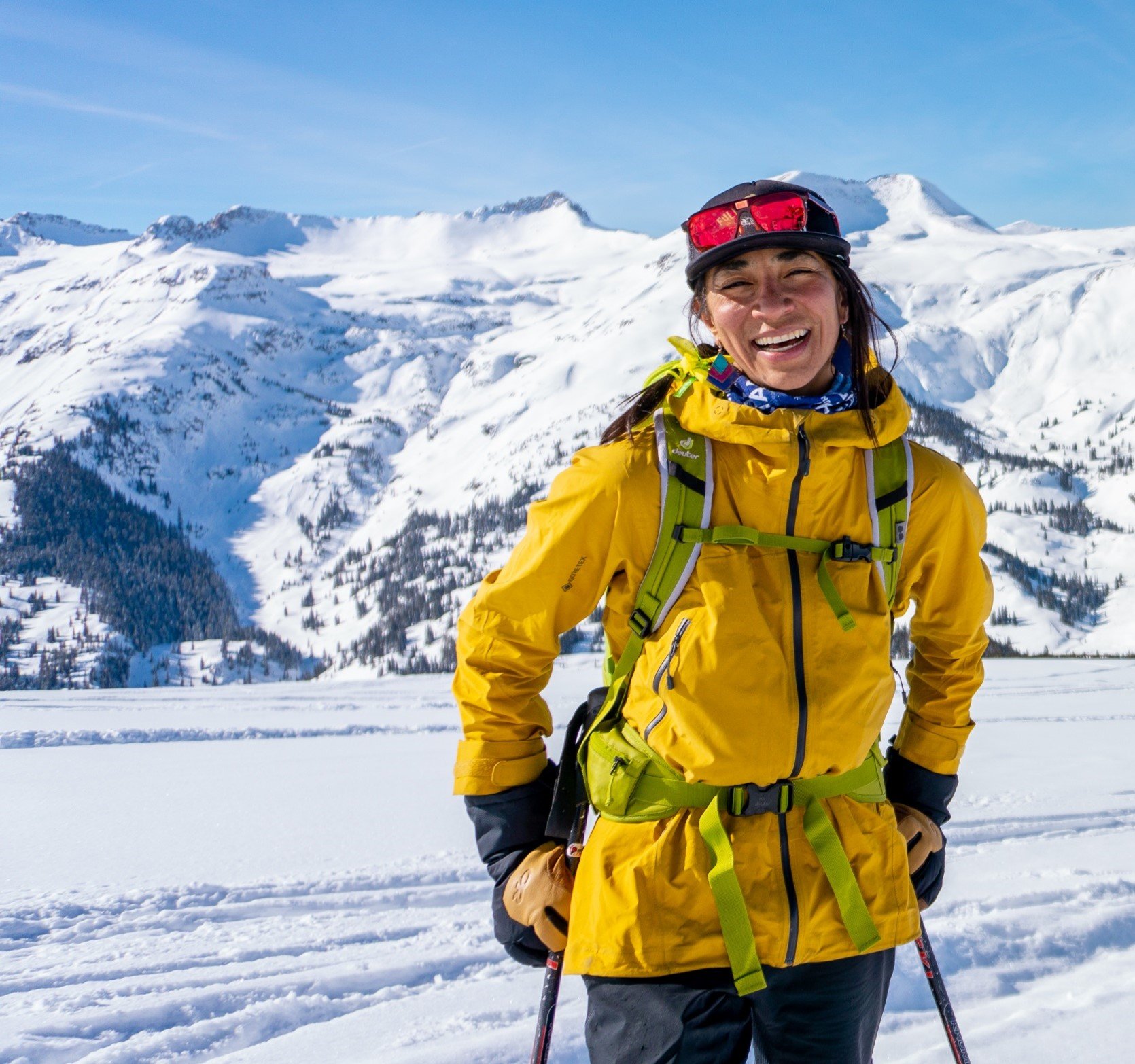How to Store Your Splitboard, Skis, and Touring Gear During Off-Season
Tips, Tricks, and Humor to Be Prepared for the Season Ahead
The winter never stays cold long enough. Before you know it, spring touring conditions start to wear on you: snow glopping up on your skins, 4 a.m. trailhead meetups, and daily sweat baths in your stinky softshells all get old quickly. Is it time to hang up your skis/splitboard yet? Dry trails, flowing rivers, bountiful gardens, and tropical beaches beckon.
Whether this is your first or fiftieth year in the backcountry, here are a few tips and tricks to store your splitboard or alpine touring setup until the next time the snow starts falling.
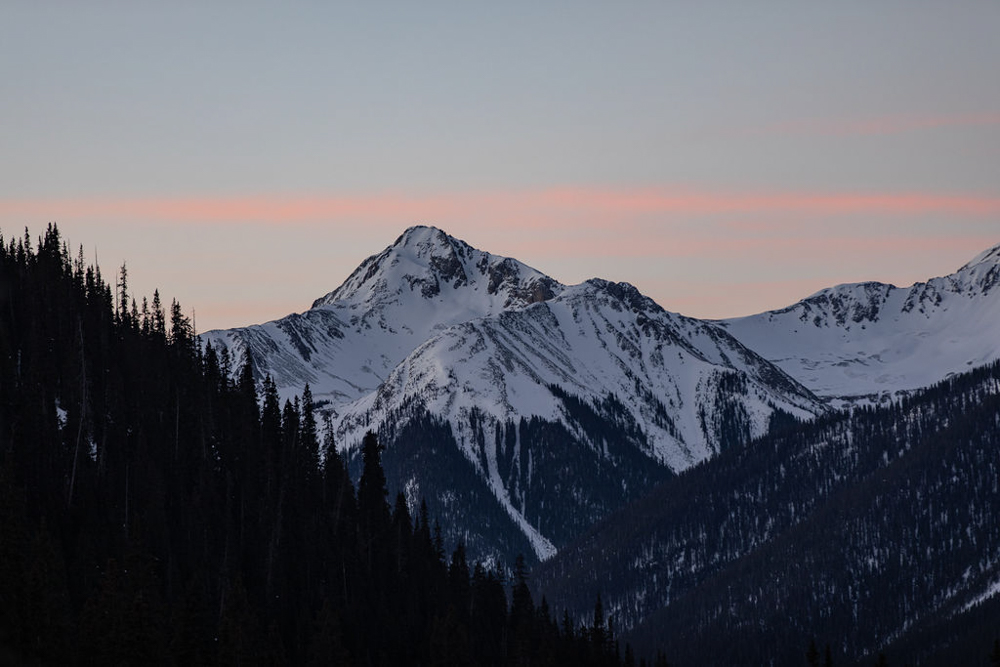
(1) Clean Up After Your Season
Long days in the mountains beget more than a few unexpected moments: from broken gear and dinged skis to crumpled pocket trash and crusty burrito butts, you must take the time to clean up your gear before stashing it in the darkness for the foreseeable future.
- Start with the obvious: open up your touring backpack, and remove all of your gear to let it dry (and give you the chance to remove all detritus). That means removing not just beacon, shovel, and probe: it also means taking the goggles out of their pocket, pulling your first aid and repair kits from their stash spots, and going through every other nook and cranny in the backpack you’ve carried for the last few months.
- “Check your backpack for fruit unless you want a moldy mess at the beginning of the season.” And don’t forget that leaving “partially eaten snacks attract mice and ants too,” says Leo Tsuo, owner at Weston Backcountry.
- Leo also advises: “wash your [boot] liners and put them in a bag too so mice don’t nest in them either if you put your boots in a garage. It’s gnarly putting your feet into boots and feeling something moving.” Leo: do you need a cat to help out with your mouse problem?
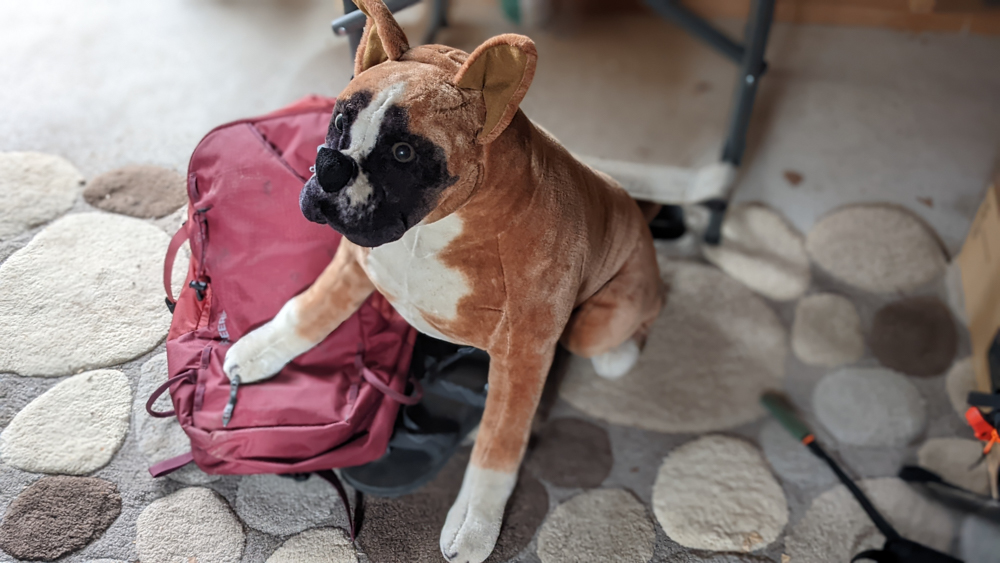
- After removing all items from your backpack, go through your repair and first aid kits to refill the items you’ve used. At the minimum, make a list of what you need. Trust me: you won’t remember to do this in 3-6 months (or whenever you go riding/skiing next).
“I recognize that we are all in different phases and levels of our outdoor lifestyles, one of the things I used to do was leave a little cash in my pockets as I put gear away. I knew that the first time i used it I would likely be coming off a shoulder season, broke as a joke with no punch line, so I leave like $20 for tacos on the way home from my first winter adventure”
Tera Adams, Program Director at Adaptive Sports at Mount Snow
- Repair your gear now instead of waiting until the fall. If you don’t plan on making your own repairs, take your gear to a local shop. Chances are that the turnaround will be quick–unlike in fall, when you’ll have to wait with everyone else who waited until the last minute to get their gear fixed.
Says Tera Adams, Program Director at Adaptive Sports at Mount Snow: “I’m a ‘good enough for now’ type person and will do a ‘good enough for now’ repair that turns into a full season repair. Then I’ll store my stuff and find it in the fall/winter. The “good enough” repair that I forgot about isn’t “good enough” anymore and I’m left scrambling for new gear or parts…. Make a list and/or fix your gear before it’s put away so it’s ready to go when that surprise early season storm hits.”
- Ensure all backpack items are dry before stashing them. Better yet, store items like your hardshell and puffy outside of your backpack so that they don’t take up the stench of your backpack while it’s in storage.
Says Colorado-based guide Evan Paul: “I have a bunch of those little white silica/desiccant packets that come with electronics and sometimes are shipped with clothes for moisture absorption that I’ve saved over time. I toss a few in my winter pack while in storage and gear totes.”
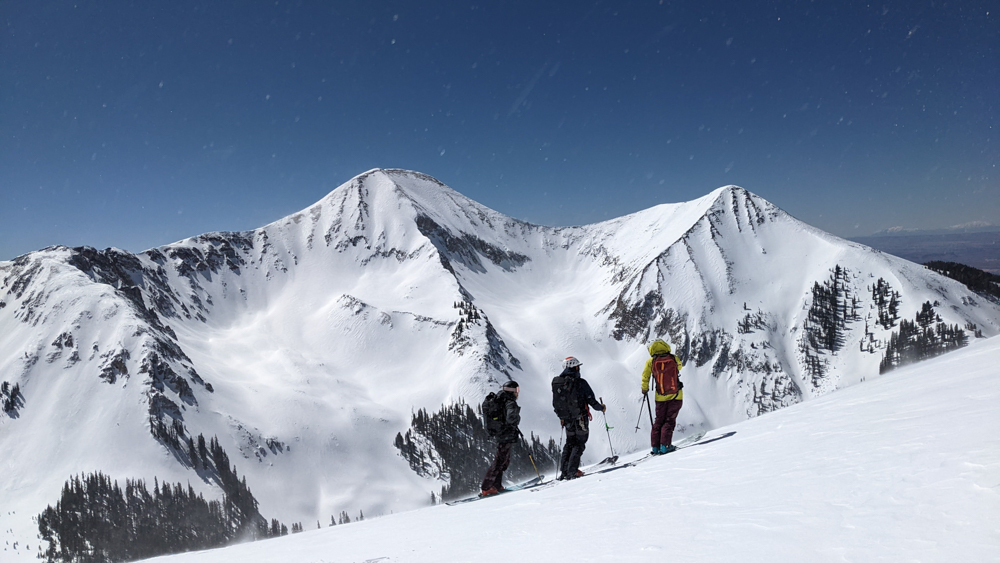
(2) Prepare to Store
There is only one absolute for storing ski gear for the season: thou must store your gear in a cool, dry, dark space. Ideally, said space isn’t the home of a million spiders who will take up residence in your bindings and backpack zippers: the back of a lesser-used closet or back of the stairs is a great idea. A few more tricks to be able to come back to your skis next season and be pleased:
- Remove the batteries from your beacon. Under no circumstances should you leave your batteries in your beacon. If they leak, you will (probably) have to buy a new beacon.
- Prepare your board/skis for storage with a wax application: this will keep your gear properly hydrated. (Without wax, a board/ski can dry out in the summer heat.). Do not remove this wax. Reid Kalmus recommends using a, “big ‘ol thick coat of yellow ‘storage’ wax. Evenly spread it, and don’t scrape it [before storage].” You can buy wax here, and apply with a cheap iron you’ve purchased from a thrift store.
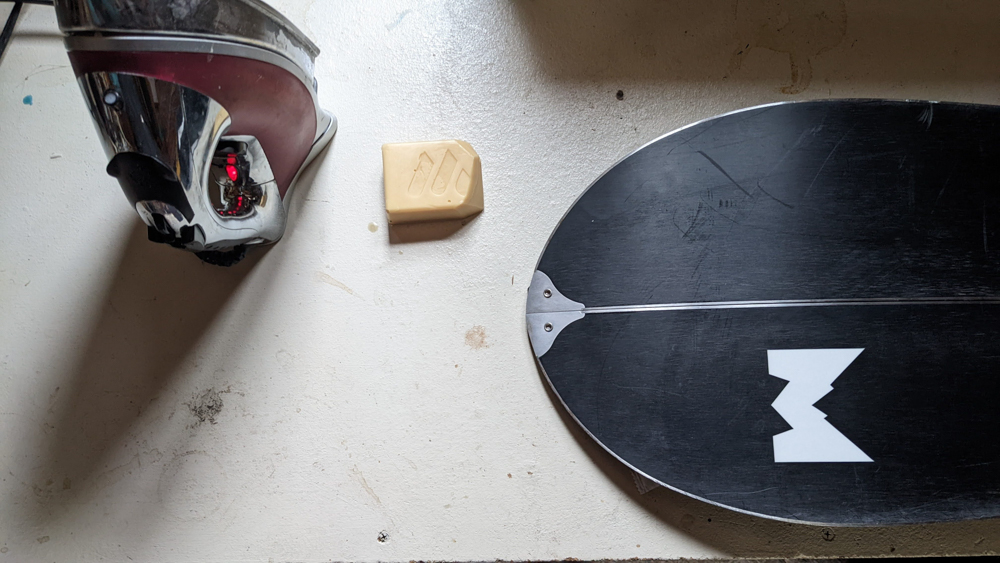
- Splitboarders: Lubricate your climbing wires with a petroleum-based lubricant like vaseline or chapstick. You don’t need to apply a lot: you just want to prevent any ambient moisture from permeating the creakiest part of your board. Do not use WD-40 (it isn’t actually a lubricant.)
- If you carry climbing skin wax during the spring, be sure to remove it from your backpack/pants/bib pocket. The last thing you want to find is a semi-melted bar of wax in your gear.
- Triple check that everything you’ll put in storage is dry and trash-free. Weston Rider (and Telluride Brewing master) Anton Kress reminds us: disassemble all gear and packs and kits and beacons and such. Make sure you don’t open your pack to a rusty probe (terrible band name) shovel, ice axe, crampons, etc. Or as mentioned above making sure mice don’t get into the pack.”
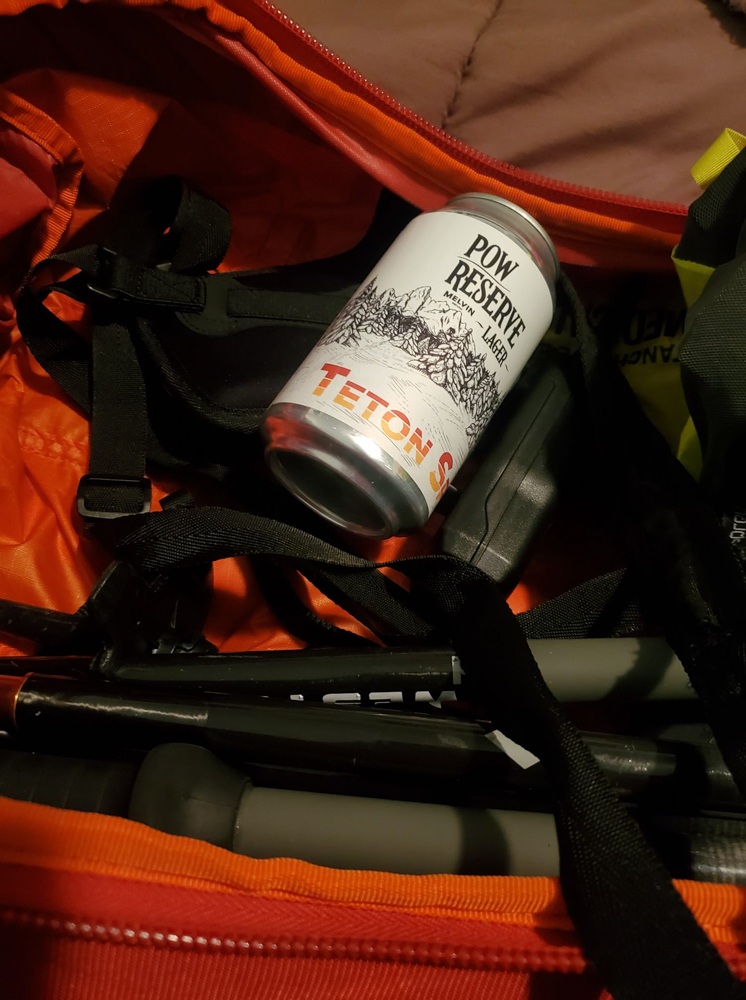
(3) Store Your Gear in a Cool, Dry Space
This is your moment to live out your best troll life. Just imagine: where would you want to live for six months if you were a cool air-loving dark-embracing hermit that didn’t want to emerge for half the year?
- Select a perfect storage space. Places like under your patio, your living room, the uninsulated attic, and the basement that floods every fall are bad ideas. Good ideas could include the closet in your guest bedroom, the back of your coat closet, under a heavy blanket in the garage.
- “Storing your skins WITH the screen/skin saver….The summer heat will reduce the lifespan of the glue. If you’re like me and don’t have AC, hide ‘em in a cool spot, says Canadian shredder and artist Bambi
- Colorado-based guide Chris Trullaz goes one step further: “I hide my skins in the freezer drawer to keep the glue in the best shape possible.”
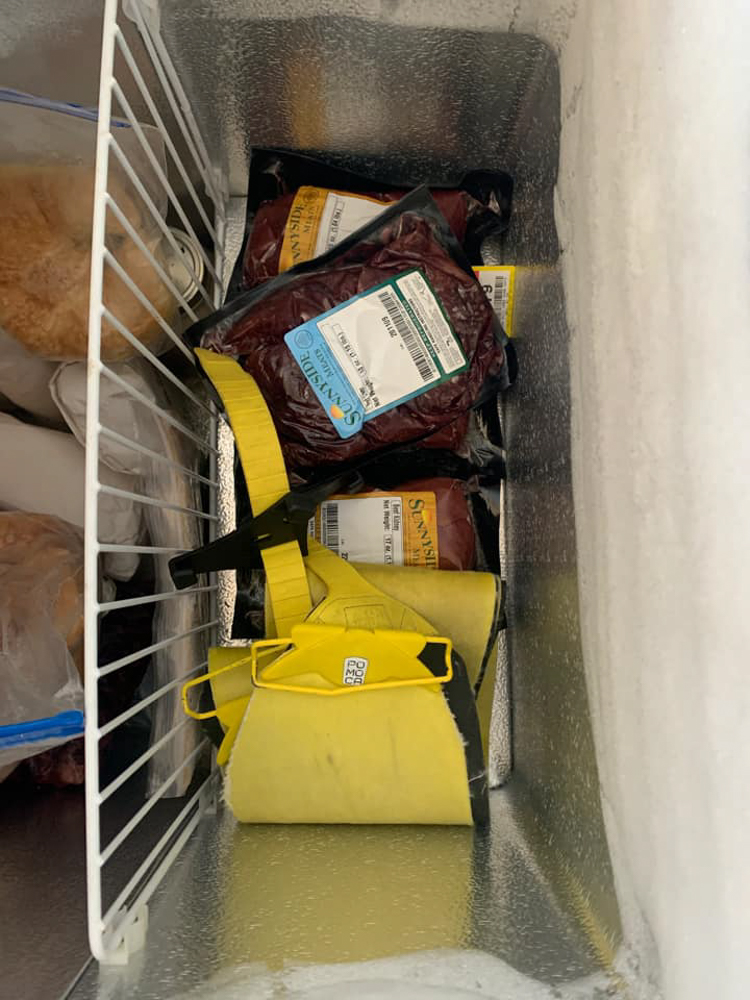
The way you choose to store your gear really does matter: when you heed the tips we’ve shared here, the likelihood that you’ll be ready to rock come the first winter snows is much higher than if you shortcut the process.
Think of those new lines you’ve drawn in the backcountry: you know corners? We don’t cut them! Did we miss anything, or have a tip to share? Let’s hear it in the comments below!
About the Gear Tester
Athlete and storyteller Dani Reyes-Acosta aims to inspire individual action and collective communion through self-care and self-determination found in the outdoors. After leaving cushy corporate life to find her way back to her roots, she ticked rock climbs and ski lines across Argentina, Chile, Canada, and the USA on a circuitous path to self-actualization. Find her online as @NotLostJustDiscovering or via DaniReyesAcosta.com

